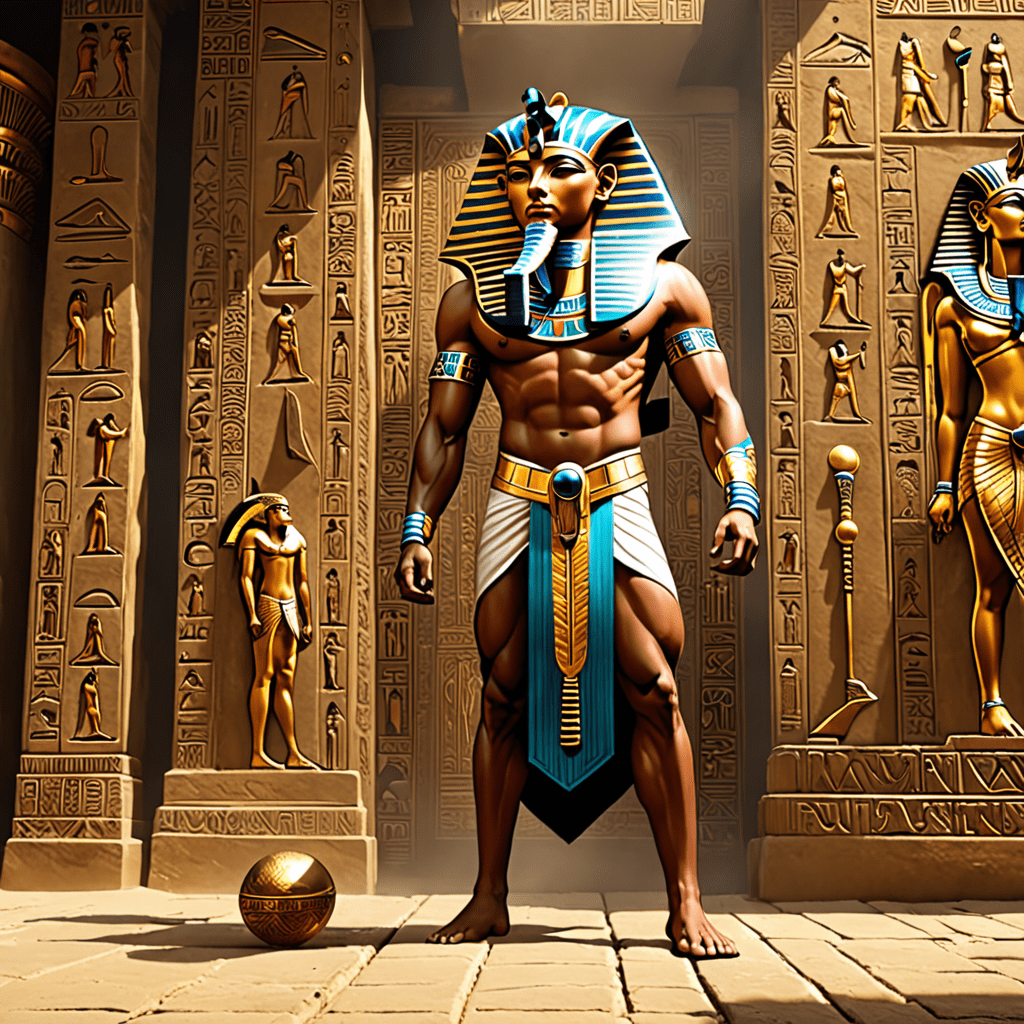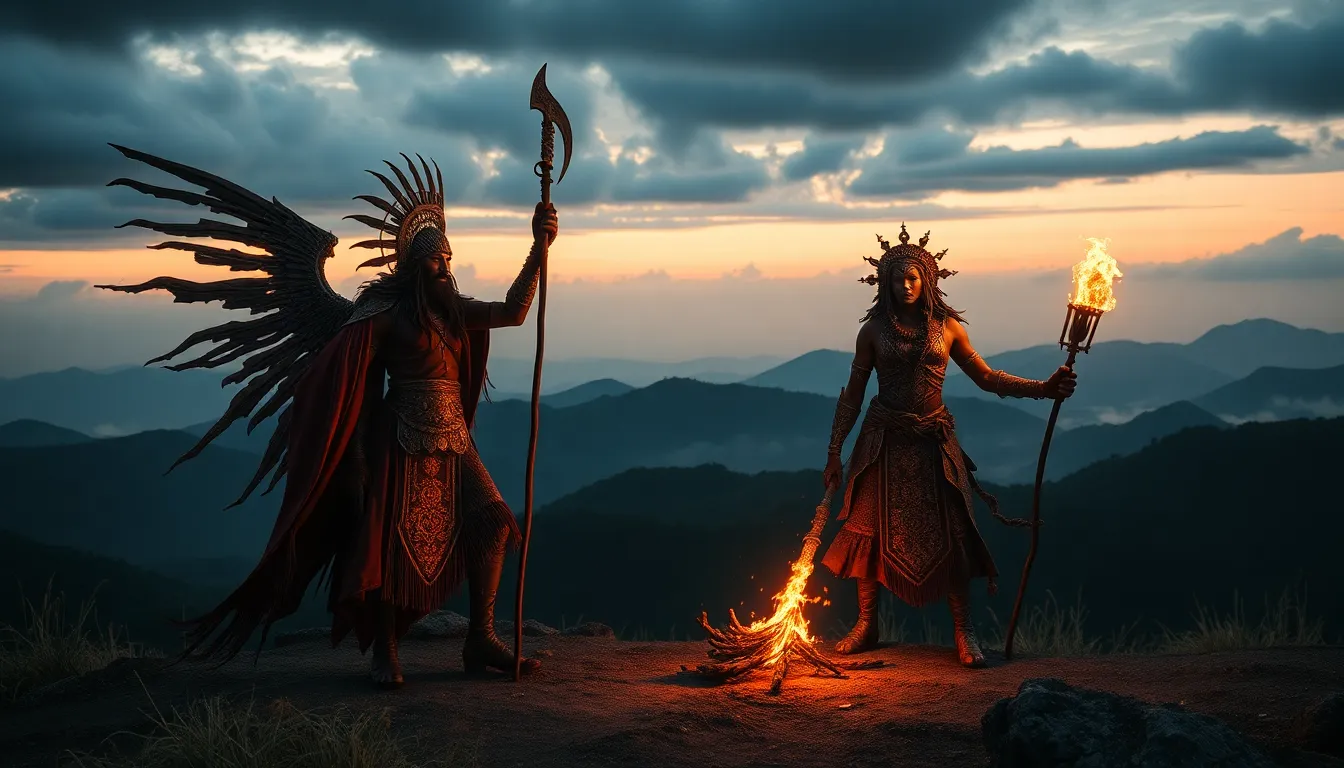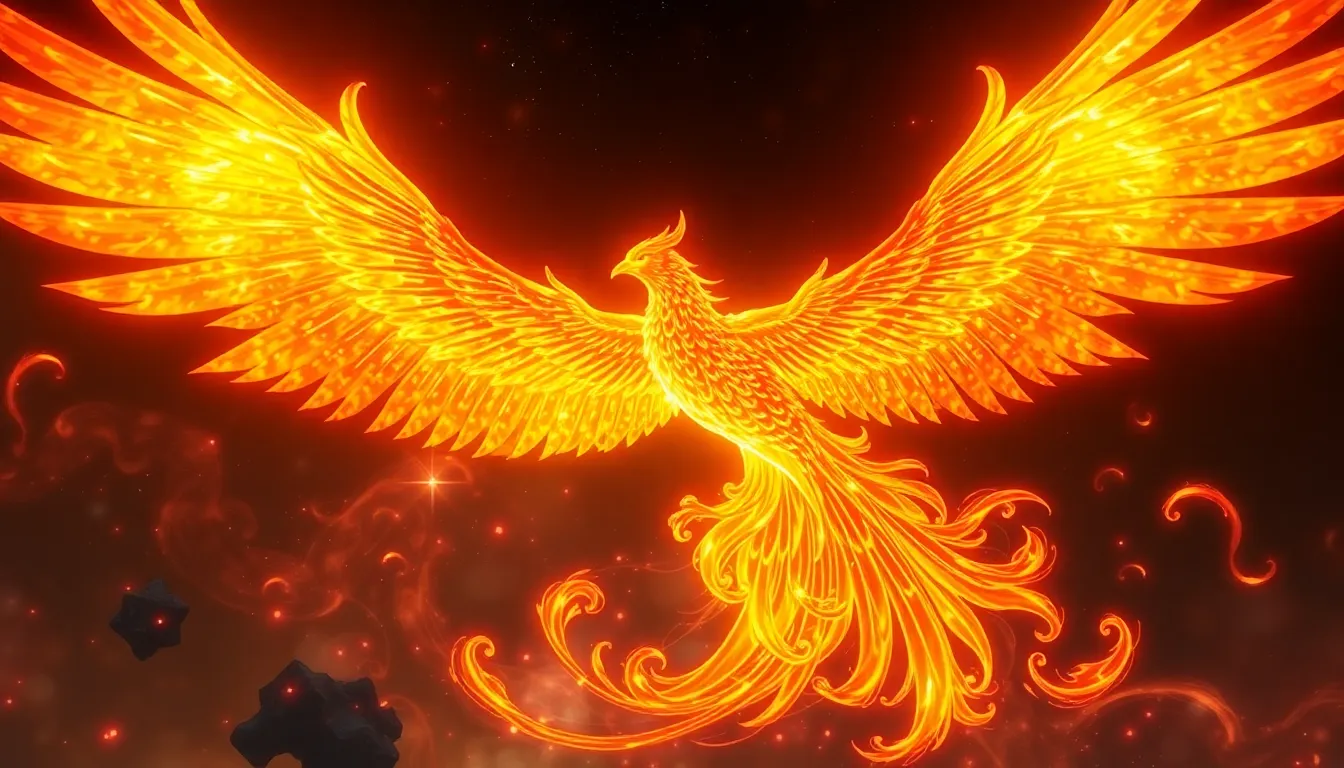Baltic Mythology: A Deep-Rooted Connection to Nature
Baltic mythology, a rich tapestry of ancient beliefs and stories, is deeply intertwined with the natural world. For the Baltic people, nature was not just a backdrop to their lives, but a living, breathing entity with its own powerful spirits and gods. Their understanding of the universe was rooted in the cycles of the seasons, the ebb and flow of the tides, and the awe-inspiring power of storms and thunder. These experiences shaped their beliefs and led to the development of a unique system of mythology that celebrated the interconnectedness of humankind and nature.
The Gods of the Forest, Sea, and Sky
The Baltic pantheon was filled with gods and goddesses who embodied the forces of nature. These deities ruled over the forests, the sea, the sky, and the earth, influencing the lives of humans and shaping their destinies. Unlike some other pantheons that emphasize war and conquest, Baltic mythology placed a strong emphasis on the balance of nature and the interconnectedness of all living things.
The most important god in the Baltic pantheon was Perkūnas, the god of thunder and lightning, who was often seen as a protector of the people. He was associated with storms and the power of nature, symbolizing both destruction and creation. Other important gods included Dievs, the supreme god of the sky, and Jūras dievs, the god of the sea. The Baltic people also revered goddesses such as Laima, the goddess of fate and destiny, who determined the course of people's lives, and Žemyna, the goddess of the earth, who symbolized fertility and growth.
Animistic Beliefs: The Spirit in All Things
The Baltic people embraced animistic beliefs, believing that spirits inhabited all things in the natural world, from trees and rocks to rivers and mountains. These spirits, known as velnias and laumės, could be both benevolent and malevolent, and their influence on human affairs was profound. Everything in the world, from the smallest flower to the largest forest, was considered to have its own spirit, and people interacted with these spirits through rituals and offerings.
The Baltic people believed that the earth, air, water, and fire were sacred, and they respected these elements in their everyday lives. They believed that the spirits of nature could be angered or appeased, and they took great care to avoid offending them.
The Sacred Grove: A Place of Power and Ritual
The sacred grove, a place where trees were thought to house spirits, was a central element in Baltic mythology. These groves were often located in forests, near springs or lakes, and were considered to be gateways to the spirit world. The Baltic people held rituals and ceremonies in these sacred groves, seeking guidance and protection from the spirits. They offered sacrifices to the gods and goddesses, and they prayed for good harvests, protection from harm, and blessings for their families.
The Goddess of the Earth: A Symbol of Fertility and Growth
One of the most important figures in Baltic mythology was Žemyna, the goddess of the earth. She was a symbol of fertility, growth, and abundance, representing the life-giving power of the natural world. Žemyna was associated with farming and the cycle of harvests, and she was invoked by farmers to ensure successful crops and prosperity. She was also seen as a protector of the natural world, and rituals were performed in her honor to ensure the health and well-being of the land.
The Sun God: Life-Giving Force and Source of Light
The Sun God, known as **Saulė**, played a crucial role in Baltic mythology, representing the life-giving force and source of light. This deity embodied the warmth, energy, and vitality of the sun, which were essential for sustaining life on Earth. Saulė was seen as a powerful being, ruling over the day and bringing forth the seasons. The sun’s daily journey across the sky was seen as a sacred cycle, influencing the growth of crops, the well-being of animals, and the lives of humans. Just as the sun’s rays provide warmth and light, Saulė was believed to bestow blessings of good fortune, health, and prosperity upon those who honored him. His presence in the sky was celebrated in songs, dances, and rituals designed to ensure a bountiful harvest and a prosperous year.
The Moon Goddess: Cycles of Nature and Feminine Power
The Moon Goddess, known as **Mėnulio deivė** in Baltic mythology, was a powerful and enigmatic figure associated with the moon’s cyclical nature and the ebb and flow of life. She was seen as a symbol of feminine power, representing the mysteries of creation, fertility, and the lunar cycles. Just as the moon waxes and wanes, the Moon Goddess influenced the tides, the growth of plants, and the rhythms of human life. She was also linked to the cycles of birth, death, and rebirth, embodying the enduring spirit of nature. The Moon Goddess was often invoked for guidance, protection, and wisdom, particularly by women who sought her blessings for fertility, childbirth, and family matters. Her presence in the night sky was a source of both wonder and reverence for the Baltic people.
The Thunder God: Force of Nature and Protector of the People
Perkūnas, the thunder god, was a central figure in Baltic mythology, embodying the power of nature and its potential for both destruction and creation. He was associated with thunder, lightning, storms, and the forces of nature that could both protect and destroy. As the sky god, he ruled over the heavens and was believed to be a guardian of the people, ensuring their safety from harm. People would often pray to Perkūnas for protection from storms, fire, and other natural disasters. His powerful presence was often invoked in rituals and ceremonies designed to ensure the well-being of the community and the health of the land. Perkūnas’s presence was a reminder of the awe-inspiring power of nature and the importance of respecting its forces.
The Tree of Life: Connection to Ancestral Spirits and the Divine
The Tree of Life, known as **Pasaulio medis** in Baltic mythology, was a sacred symbol representing the interconnectedness of all living things and the link between the earthly realm and the divine. This giant tree was believed to have its roots in the underworld, its trunk extending through the earthly realm, and its branches reaching into the heavenly realms. It represented the cyclical nature of life, death, and rebirth and served as a bridge between the different realms. The Tree of Life was also associated with ancestors, who were believed to reside in its branches. People would often go to the Tree of Life to seek guidance from their ancestors, to ask for blessings, and to make offerings to the spirits of nature.
Folklore and Rituals: Echoes of Ancient Practices
Baltic mythology is deeply ingrained in the folklore and rituals of the Baltic people. The ancient stories about gods, goddesses, and spirits were passed down through generations, often taking the form of songs, dances, and folk tales. These stories served as a way to teach lessons about morality, behavior, and the relationship between humans and the natural world. Rituals and ceremonies were also deeply embedded in Baltic culture, often involving offerings to the gods and goddesses, sacrifices to appease the spirits, and ceremonies to ensure good harvests and prosperity. These practices reflected the deep respect that the Baltic people had for the natural world and their belief in the interconnectedness of all living things.
FAQ
Q: What is Baltic mythology?
A: Baltic mythology is a fascinating system of ancient beliefs and stories from the Baltic region, encompassing countries like Latvia, Lithuania, and Estonia. It's deeply rooted in nature worship and animism, reflecting the Baltic people's close connection with the natural world.
Q: What are some key features of Baltic mythology?
A: Baltic mythology is characterized by its emphasis on nature worship, with gods and goddesses representing the forces of nature, such as thunder, lightning, the earth, and the sun. It also features animistic beliefs, where spirits are believed to inhabit all things in the natural world.
Q: What are some important gods and goddesses in Baltic mythology?
A: Some important deities include Perkūnas (the thunder god), Saulė (the Sun God), Mėnulio deivė (the Moon Goddess), Žemyna (the goddess of the earth), and Laima (the goddess of fate).
Q: How does Baltic mythology relate to nature worship?
A: Baltic mythology is heavily influenced by nature worship. The gods and goddesses embody the forces of nature, and the natural world is seen as a sacred and powerful presence. Sacred groves and ceremonies to ensure good harvests and prosperity reflect this deep reverence for nature.
Q: What is the significance of the Tree of Life in Baltic mythology?
A: The Tree of Life is a central symbol representing the interconnectedness of all living things, the link between the earthly realm and the divine, and the cycle of life, death, and rebirth. It's a powerful symbol that reflects the beliefs of the Baltic people about their place in the universe.



